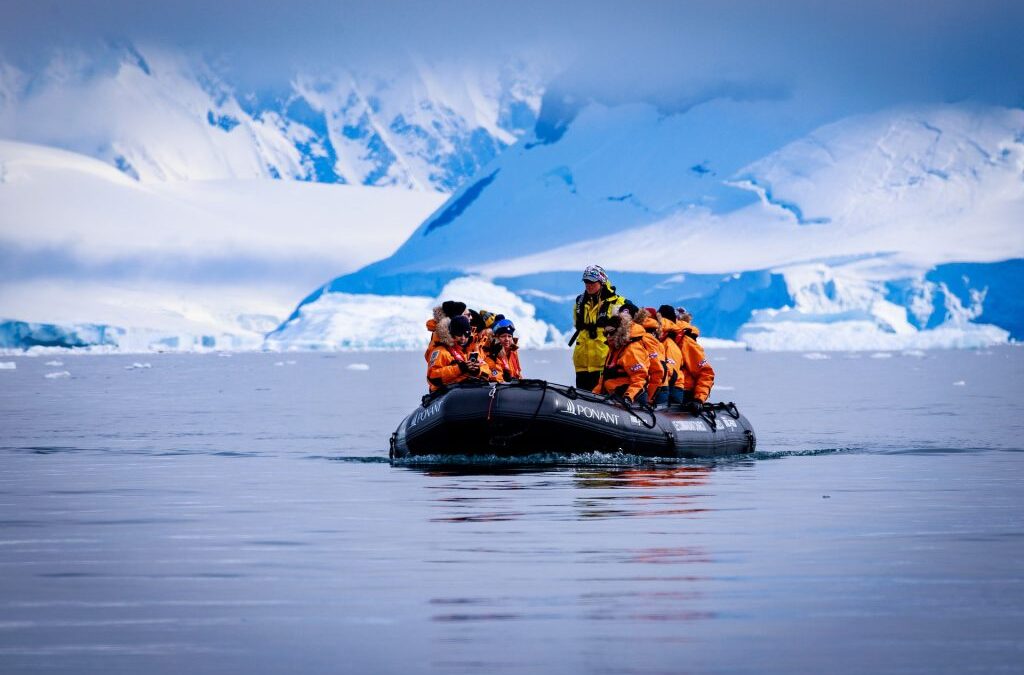The application period will open Feb. 20 for the first round of research experiences for educators through Polar STEAM, a new Oregon State University-led program to promote the importance of research in the Arctic and Antarctic through education and the arts.
And if you’re a writer or artist, an opportunity to deploy comes in just a few months.
Polar STEAM, which stands for science, technology, engineering, arts and math, offers virtual and in-person research residencies for educators, artists and writers. It is funded through a multi-year, $4 million award from the National Science Foundation.
“The program’s goal is to increase the impact and visibility of scientific work in the Arctic and Antarctic,” said Julie Risien, lead principal investigator for Polar STEAM.
In Polar STEAM’s first year, educator experiences will be virtual collaborations with researchers working on National Science Foundation polar projects, said Michelle Pratt, Polar STEAM’s program manager. In future years, the program will offer field-based and virtual collaborations in the Arctic and the Antarctic.
“We’re excited to bring these virtual and field opportunities to educators, artists and writers, so they can experience directly the impacts of these important polar science programs and communicate the meaningful scientific work to a broader public audience,” Pratt said.
Another set of opportunities will be open in the coming months to creative practitioners within the arts and humanities for the Antarctic Artists and Writers program. Selected participants will deploy to the Antarctic and collaborate with polar researchers to help increase the public’s understanding and appreciation of human and scientific endeavors in the Antarctic through artistic work.
Polar STEAM is a reimagining and expansion of several past National Science Foundation programs that have provided opportunities for educators, artists and writers to engage with Antarctic and Arctic research and share their experiences.
The educator portion of the program is open to middle and high school teachers, those who work in science education settings such as museums and science centers and faculty from community colleges and Minority Serving Institutions, which are higher education institutions who serve significant populations of students that are underrepresented in science and higher education programs.
Virtual collaboration will allow educators to collaborate with research teams who conduct remote monitoring, have non-traditional field seasons or whose research doesn’t lend itself to having an educator join them in the field. The virtual component allows more educators to engage with polar research and expand the program’s reach to a wider audience.
In-person, field-based experiences, which could be land- or ship-based, will be offered to educators in future years. Artists and writers are only eligible for field experiences in Antarctica.
The deadline for the first round of educator applications is March 19. Applications for the first season of the Antarctic program will open later this spring, Pratt said.
Those interested in learning more, applying to participate or receiving updates on future application opportunities can sign up for the program’s mailing list on the Polar STEAM website, www.polarsteam.info.

